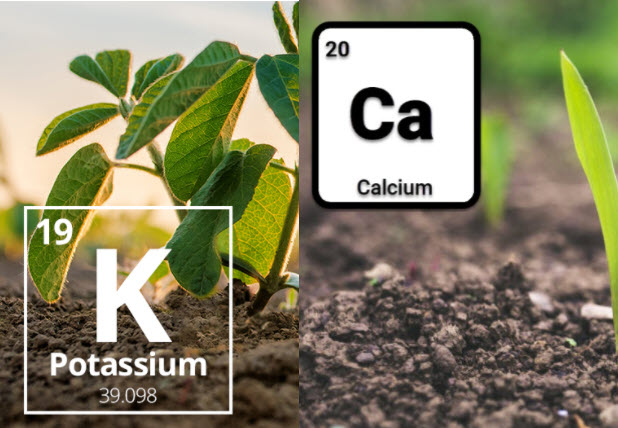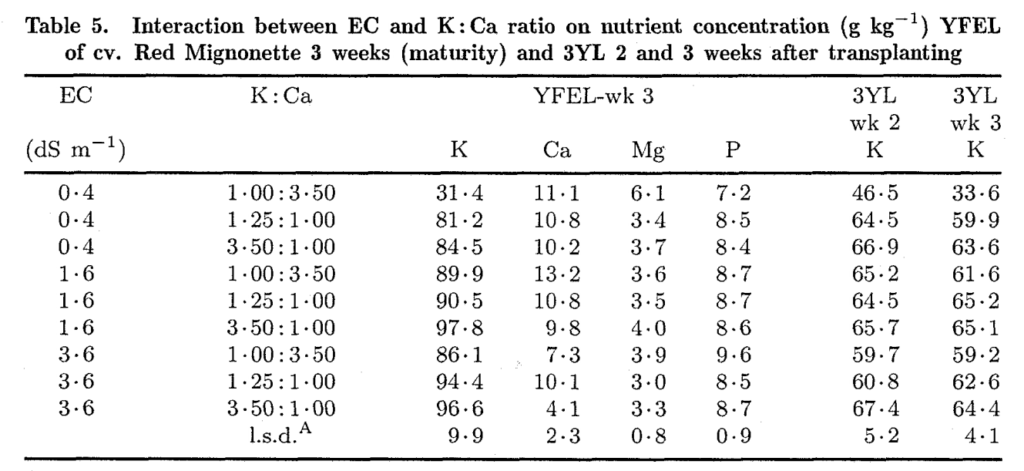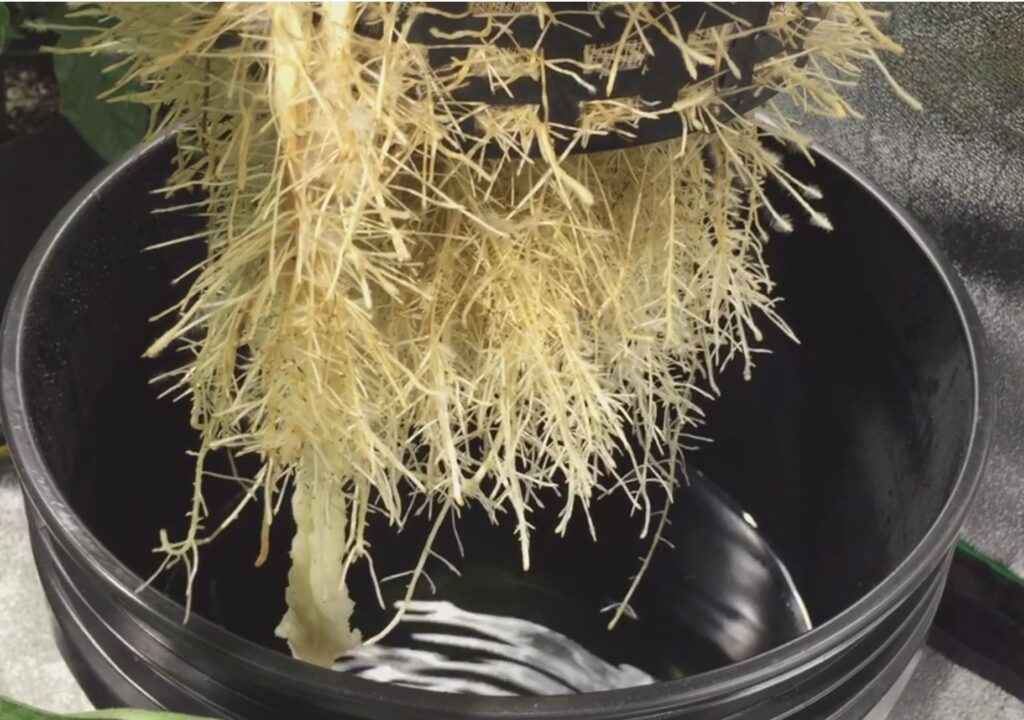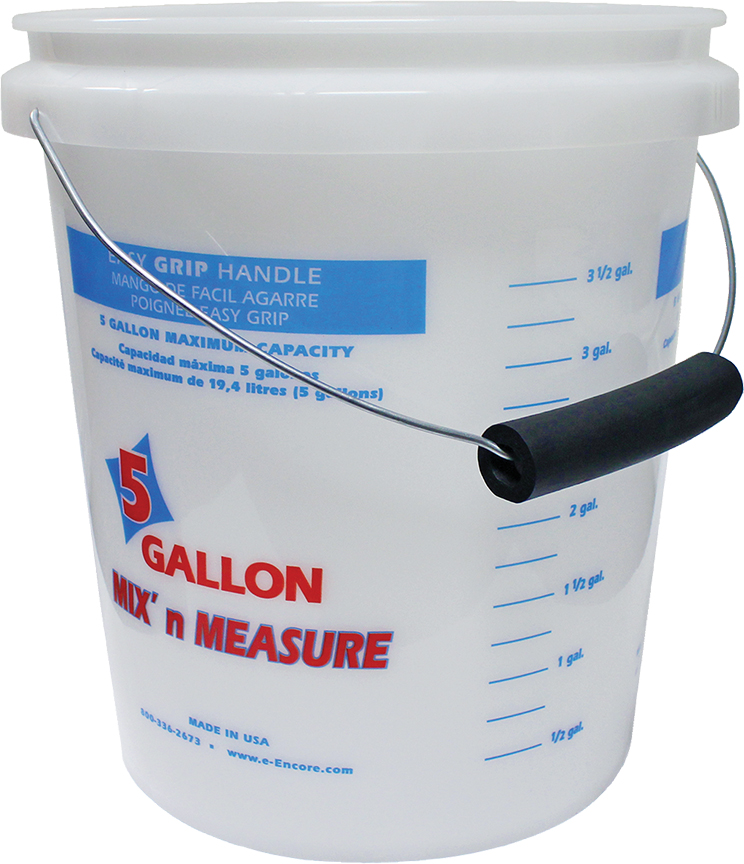Moringa extract as a biostimulant in hydroponics
Moringa leaf extract (MLE) is a rather recent addition to the biostimulant market. Below I focus on peer-reviewed work in hydroponic or soilless systems, with attention to yield, quality, toxicity, and dose timing.

Evidence and discussion
Hydroponic lettuce. A greenhouse hydroponic study applied MLE at transplant via root dip, then three foliar sprays at 10-day intervals. Marketable yield increased around 30% vs control, leaf area rose, and leaves were less susceptible to Botrytis after harvest. The paper characterized MLE chemistry but treated it mainly as a formulated extract; the schedule, not just the material, clearly mattered (1).
Tomato in soilless culture. In cherry tomato, four applications of 3.3% w/v MLE, given every two weeks as either foliar or root drenches, improved biomass and increased fruit yield and quality metrics like soluble sugars, protein, antioxidants, and lycopene. 3.3% equals ~33 000 ppm. The same trial compared MLE to cytokinin standards and found MLE competitive when applied on a schedule, not just once (2).
Pepper and tomato under protected cultivation. A peer-reviewed study in a protected environment tested weekly foliar sprays from two weeks after transplant until fruit set. Tomato and pepper showed higher chlorophyll index and fruit firmness, with cultivar-dependent yield gains (3). A separate field-protected trial in green chili parsed delivery method and concentration: seed priming plus foliar MLE at 1:30 v/v (3.3%) delivered the most consistent improvements in growth and a ~46% rise in fruit weight per plant; vitamin C in fruit climbed up to ~50% with foliar 1:20 v/v (5%) (4).
Quality and nitrate in leafy greens. Lettuce grown under glasshouse conditions responded to 6% MLE foliar sprays with higher vitamin C and polyphenols in one season, and lower nitrate accumulation in another. Six percent equals ~60 000 ppm. Effects were season and cultivar dependent, which should temper expectations (5).
Reviews for context. Two recent reviews summarize MLE’s biostimulant activity and mechanisms, with repeated emphasis on dose and frequency dependence and the reality that extraction protocol changes outcomes. They also highlight hormesis and allelopathic risks at higher doses or with sensitive species (6), (7).
Responses are real but system-specific. Yield and quality gains show up most consistently when MLE is scheduled repeatedly at moderate concentrations and aligned with crop phenology.
Reported effects on yield and quality in hydroponic/soilless crops
| Crop & system | MLE dose (%) | Application method & timing | Yield effect | Quality effect | Source |
|---|---|---|---|---|---|
| Lettuce, perlite hydroponic | Not explicitly stated; applied as standardized aqueous extract | Root dip at transplant, then foliar sprays every 10 days ×3 | Marketable yield ↑ ~30% vs control | Higher pigments and total phenolics; postharvest Botrytis severity ↓ 32% | (1) |
| Cherry tomato, soilless pots | 3.3% | 100 mL per plant, foliar or root, every 14 days ×4 | Fruit yield ↑ 26–38% depending on route | Fruit sugars, protein, antioxidants, lycopene ↑ | (2) |
| Tomato, protected soilless | Not reported | Weekly foliar from 2 WAT to fruit set | Positive, cultivar dependent | Higher chlorophyll index; firmer fruit | (3) |
| Green chili pepper, protected | 3.3%, 5%, 10% | Seed priming ± foliar; best was priming + 1:30 foliar | Fruit weight per plant ↑ ~46% with priming+1:30 | Vitamin C ↑ up to ~50% with 1:20 foliar; no change in capsaicin | (4) |
| Lettuce, glasshouse substrate | 6% | Foliar, seasonal trials | Season dependent | Vitamin C and polyphenols ↑ in 2020; nitrate content ↓ in 2019 | (5) |
Practical dosing windows
| Crop | When to apply | Practical note | Source |
|---|---|---|---|
| Lettuce (hydroponic) | Transplant dip, then every 10 days through vegetative phase | Schedule matters at least as much as concentration in this protocol | (1) |
| Tomato | Every 14 days from early vegetative through early fruiting, foliar or root | 3.3% worked across routes; root drenches often gave stronger biomass responses | (2) |
| Pepper | Seed priming before sowing plus early foliar during preflower to fruit set | Combined priming and 3.3% foliar outperformed single methods | (4) |
| Tomato and pepper | Weekly foliar from 2 WAT to fruit set | Useful pattern for protected cultivation programs | (3) |
Toxicity and limits
Reviews document allelopathic and inhibitory effects at higher doses, with hormesis explaining the switch from stimulation to suppression as concentration increases. Sensitive species and young tissues are at greater risk. Use consistently timed foliar applications for best results, these have been studied much more thoroughly across many more crop species. MLE has inhibitory effects on seed germination and seedling growth for some plants, so refrain from using in very early crop stages unless the species isn’t sensitive (6), (7).
Conclusions
If you want to test MLE in hydroponic or soilless production, use the following guidelines:
- Use moderate concentrations in the 3-5% range for foliar applications (safer than root applications).
- Time applications with vegetative growth and preflower phases, repeating at weekly intervals.
- Expect cultivar and season effects, especially regarding quality.
- Lookout for toxicity symptoms if using higher concentrations (>5%).
- Test carefully before using on seedlings or recently rooted cuttings.
Do the basics right and you can get measurable gains in yield and quality with less risk of phytotoxicity. The citations above should help guide your use of this new biostimulant.











